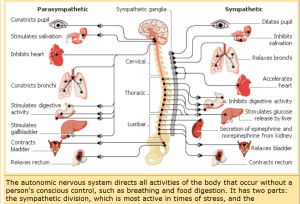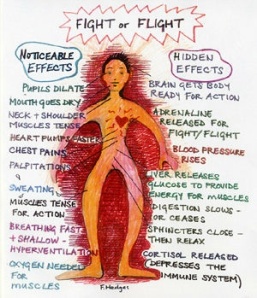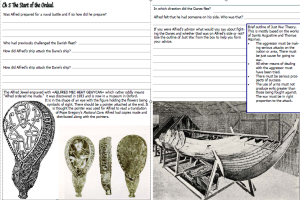 Someone I was in a short email correspondence with said that if it should happen that he became seriously ill, he would be very angry. I have to say, I doubt it. I don’t claim to know the inner emotional workings of the man who wrote this, but I do know how chronic illness works, and believe me, anger is a very tiring emotion and therefore not one that is tenable, for long periods of time. I’m not saying I’ve never felt angry or seen anger expressed by fellow Chronics – I have. Those of us who have rubbish or even abusive meetings with doctors will express justifiable anger; and sadly that happens far too often. But that’s just for those times.
Someone I was in a short email correspondence with said that if it should happen that he became seriously ill, he would be very angry. I have to say, I doubt it. I don’t claim to know the inner emotional workings of the man who wrote this, but I do know how chronic illness works, and believe me, anger is a very tiring emotion and therefore not one that is tenable, for long periods of time. I’m not saying I’ve never felt angry or seen anger expressed by fellow Chronics – I have. Those of us who have rubbish or even abusive meetings with doctors will express justifiable anger; and sadly that happens far too often. But that’s just for those times.
The feeling or sense that bugs me much more of the time is guilt. I don’t know how ubiquitous this feeling is among us chronics, but it’s fairly constant with me, and as I think I’m pretty common, I am guessing there are others out there who struggle with it. I am not going to go into all the reasons I feel guilty, nor will I explain those awful moments when it comes to a head and I become a gibbering wreck. You don’t need to read about that.
This is not Catholic guilt. Wish it was – ‘cuz Confession cures that 😆
No, this guilt is about all the things I used to do that I can’t do. Some of it isn’t just guilt it’s a kind of jealousy of others which in turn leads to guilt; not just about what they can do I can’t, but guilt over the jealousy as well as guilt over not being able to do stuff. Quite a complicated mess for a brain-fogger to handle. Tiring mess at times too, leaving little left for something like anger.
So, how to deal with it.
First – a reality check. Sometimes things are bloomin’orrid and that’s life. So, accept reality. Don’t paint it worse than it is, and don’t run and hide from it. Get down with Fr Fran Fortuna’s Everybody Gotta Suffer and accept. This is easy to write and difficult to do, but it is, honestly, worth the effort.
Second; don’t assume that other people are cross that you can’t do what you used to do. Projection is a bad coping mechanism and is more likely to make the picker-upperer (there’s a word that just needs to exist) of your lost ability more cross with you than the business of picking up where you left off.
I know that many people are not projecting – that their friends and even family do tell them they are lazy, need to try harder, pull themselves together. The most difficult thing here to to stick with reality and accept that they are the one with the bad attitude and it isn’t your fault.
Third: Don’t give up because of the silly guilt. There is some mechanism in false-guilt that leads to fear. So, the temptation is, to throw up your hands (or just one if the other one won’t coordinate) and cry “Forget it! I give up!”
Take the good days and enjoy them. I’ve had odd days when I can play the piano again and even cook a meal once in a while without burning something, leaving something raw, filling the kitchen with smoke or killing any of the kids.
Lastly but most importantly of all be grateful.
If you just threw something at the computer screen, take it back and think a minute. There are still good things in life, even with chronic illness. I’m not saying pretend things are better than they are – but just be glad for the things that are good.
If you have reached that awful point where you just can’t see anything good then look for something small – a flower in bloom, a slice of cake or even the smell of rain. Anything that holds something good in it.
Finally it’s worth remembering that for people with ME/cfs and some forms of Dysautonomia that emotions can get a bit weird. Mood is heavily influenced by things like how our adrenals work, serotonin uptake, how malnourished we have become because of a busted metabolism and the generally busted HPO axis. This, coupled with mood changing drugs such as steroids can have quite an effect on our coping skills.
All we can do is keep at it. One day at a time – and on bad days one hour at time.
PS. I think I mentioned in a post where I’d seen the Cardiologist that I had decided not to have the tests for hyperadrenergic POTS done because they are very complicated and need lots of time and very skilled people. Jackie’s very informative post here gives you the info on the tests.
ENDNOTE: I may also have mentioned that I am now on 10 mg twice a day of Ivabradine and as the max dose is 7.5 mg twice a day I spent a long time in the hospital pharmacy with my son. Well, first repeat prescription request has hit the wall as the pharmacist is having the heeby-jeebies over handing the stuff over. I had written clearly on the the request that this was the Consultant Cardio’s decision and had been okayed by the hospital pharmacy and I assume the letter is in my notes by now – but it looks like there’s still some sorting out to do. I only hope this isn’t going to be an issue every time I need a repeat. No anger or guilt – just frustration!


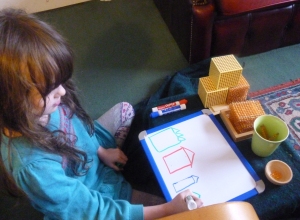






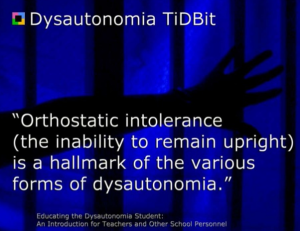


 of the sticks as you need to be able to overlap the sticks for making shapes and some angles.
of the sticks as you need to be able to overlap the sticks for making shapes and some angles.

